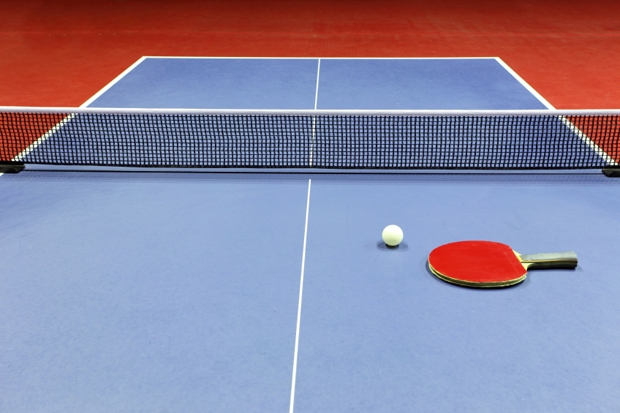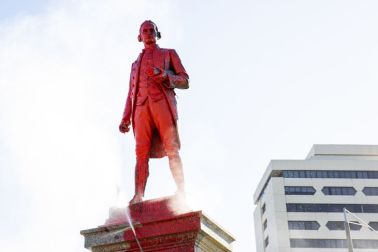On the top landing of the Royal Academy is the Sackler Sculpture Corridor, a long stony shelf of torsos of gods, martial bodies, heads, a vast foot. At one end Michelangelo’s Taddei Tondo is hidden behind slightly green glass. It is worth any pilgrimage. At the other end is a modest door into the print room and library. You walk into darkness and drama, steps running down past vast print chests and into a double-height library, lit from oculi above. This is where the marbles and plaster casts used to be housed. It was transformed into a library 25 years ago by H.T. Cadbury-Brown, the architect of the Royal College of Art, and shares with it a decisive sense of structure.
For a few months, until the new year, you can buy a ticket for a fiver and spend some silent time in these rooms. I’ve displaced a handful of volumes and gathered almost all my favourite white objects in the world. There are paintings by Morandi and Robert Ryman, photographs from Fox Talbot, a Romanesque corbel head, a teapot by Malevich, the porcelain palette of Turner, life masks and death masks of Royal Academicians, an ivory hare, an empty elephant folio. And a copy of Tristram Shandy, open at its white page too. My working title for this project was the nothing that is, a line from a Wallace Stevens poem, but it has ended up as white. Nothing is apparently not much of a draw for punters on Piccadilly. There are no captions in the show but you get given a beautiful pamphlet with drawings of everything. It takes a while to find things, but then libraries always demand time.
This library project opened last week on the same night that I launched my new book, a journey through the history of porcelain. Given that it is a passionate inquiry into why this white material has always had such a hold, I wanted it to be a quiet book. It has been designed by the graphic designer John Morgan, known among austere typographers for his austerity. I realise, now that I have it in my hands, that it looks like a prayer book. An Anglican childhood is hard to dislodge.
And then I go off to Yale University to spend a few days with eight other writers who been given the Windham Campbell Prize. We are gathered from South Africa, Nigeria, England, and listen to a speech by Hilton Als, theatre critic of the New Yorker, are dined in the Sterling Memorial Library, are celebrated. This library was built in 1930 in High Gothic style and feels like a rich Benedictine abbey before the Reformation. It is warm with leather armchairs and small tables placed as if for drinks. There are stained-glass windows and panelling and stone carvings commemorating the arrival of books in Yale. 1930 was a good time for cheap labour, said our guide, without missing a beat.
Part of the deal for recipients of the prize is to be involved in a programme of events across the campus, shepherded by students. I was sent to the synagogue for a session on Jewish family stories, to the art gallery to talk about porcelain, to a seminar on museums, to tea with the master of a college. She told me that the university has tried mistress, chancellor, provost, dean, before sticking with master. Students put on an evening of literary speed dating, in which a gong was struck every ten minutes and a new cohort sat down and asked questions. It was organised with formidable warmth.
I took my teenage son out of school for these few days and saw him disappear into classes and lectures, coffee shops and pizza parlours. He emerged ashen from a ping-pong match with Geoff Dyer — also a winner — whose competitive nous is internationally recognised. He gave me a list of the novelists he has dispatched. It made me think how the green rooms at festivals, full of passive-aggressive huddles of writers, agents and journalists, would be improved by ping-pong.
This weekend was the opening of an exhibition at the Artists House at the New Art Centre, near Salisbury. It is a beautiful place; sculpture folding into a proper Arcadian bit of Wiltshire, cows the colour of weathered bronze wandering past a Gormley, or a Richard Long. I’m showing work that I’d made for an exhibition in Orkney with the artist David Ward, a series of small vitrines to go near windows and an installation, the lost and the found, of 35 small porcelain vessels, glazed in obsidian, basalt, flinty glazes. They look a bit abraded, as if dug up. You are never confident in Orkney if something has been made, or how old it is, or which tide washed it ashore.
This last week started with white, but it’s ended with black pots. I’m not sure how this happened. I better get an answer ready.






Comments
Comments will appear under your real name unless you enter a display name in your account area. Further information can be found in our terms of use.